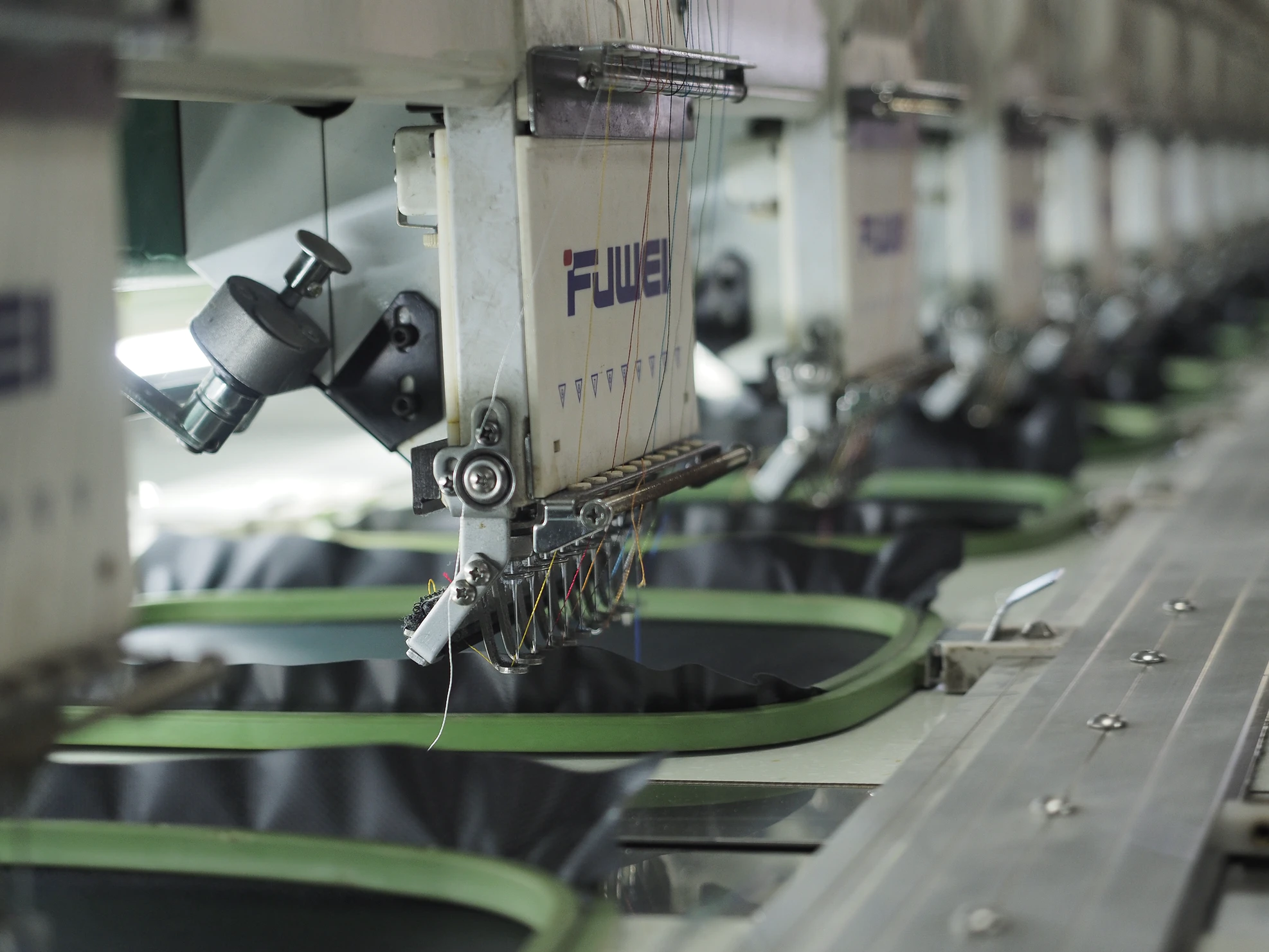In patent law, there is a legal doctrine called “assignor estoppel.” In general non-legal terms, assignor estoppel prevents an inventor, who assigns their patent rights to another for value, from later arguing in litigation that the patent assigned is invalid. As a hypothetical, imagine that Inventor invents “The Machine” and obtains a patent. Then, the Inventor assigns — sells — the patent to Company, which begins to manufacture and sell The Machine. Then, a few years later, Inventor invents something new that we can call “NovoMachine.” Now, Company thinks that NovoMachine infringes on the patent for The Machine and sues Inventor for patent infringement. The doctrine of assignor estoppel prevents Inventor from defending the patent infringement lawsuit by arguing that the patent for The Machine is invalid.
Assignor estoppel is an old legal doctrine having roots in English common law. As such, in the U.S., the doctrine is a judge-made legal doctrine. The U.S. Supreme Court first considered and approved the assignor estoppel doctrine almost 100 years ago in a case called Westinghouse Elec. & Mfg. Co. v. Formica Insulation Co., 266 U. S. 342 (1924). Assignor estoppel is rooted in the idea of fair dealing. Thus the Westinghouse court stated that “[i]f one lawfully conveys to another a patented right, fair dealing should prevent him from derogating from the title he has assigned.”
Recently, the US Supreme Court had an opportunity to revisit the assignor estoppel doctrine in the case of Minerva Surgical, Inc. v. Hologic, Inc., 141 S. Ct. 2298 (US Supreme Court 2021). In that case, the court was invited to declare that the assignor estoppel doctrine was invalid and no longer applicable since patent law has changed significantly since 1924. However, the court declined to do so. The court reaffirmed the doctrine and elaborated the public policy justification for the doctrine. As the court explained, assignor estoppel reflects a demand for consistency in patent dealings and arrangements. The doctrine was based on the concept of fair dealing, and fair dealing remains an important public policy. The court noted that, when a person or company sells patent rights, there is at least an implicit representation being made to the buyer that the patent at issue is valid. But allowing an inventor to later raise an invalidity defense has the effect of allowing the inventor/assignor to disavow that implied warranty. If this were allowed, the inventor/assignor would profit doubly — by gaining both the price of assigning the patent and the continued right to use the invention it covers if the assigned patent were deemed invalid. The court asserted that such a course of conduct by the inventor/assignor would be the very definition of “unfair dealing.” As such, the court declined to abrogate the assignor estoppel doctrine.
However, the court did go on to identify some limits of the assignor estoppel doctrine. According to the Minerva Surgical decision, assignor estoppel does not prevent an inventor/assignor from challenging the validity of the assigned patent if the underlying principle of fair dealing is not triggered or implicated. Theoretical examples of such circumstances include:
- When the assignor has made neither explicit nor implicit representations about the validity of a patent
- When an assignment occurs before an inventor can possibly make a warranty of validity as to specific patent claims — such as when an assignment is made before the patent is applied for
- When a later legal development renders irrelevant the warranty given at the time of assignment
- When a post-assignment change in patent claims removes the rationale for applying assignor estoppel — the court noted that this can occur when an inventor assigns a patent application, rather than an issued patent; with an assignment of a patent application, the assignee can modify the application and potentially enlarge the patent’s claims; these enlarged claims might be materially broader than the ones that were warranted by the inventor/assignor
In each of these situations, the court held that assignor estoppel is not applicable because fairness is not implicated since there is no inconsistency between the warranties given by the assignor and a later claim that the patent claims are invalid. As the court said, because there is no inconsistency in the assignor’s positions, there is no inherent unfairness and there is no need for the assignor estoppel doctrine to be applied.
Why Does Assignor Estoppel Matter?
As can be seen from the above, the assignor estoppel doctrine is important to provide basic fairness with respect to patent assignments. It is also useful to understand the doctrine as a guide for drafting assignment documents. Likewise, it is useful to understand the limits of the doctrine since many patent assignments involve employer-employee relationships. Employees are often required to assign to their employers patent rights in any future inventions developed during the term of employment. But, as discussed above, assignor estoppel will not apply in such situations since the assignment will have occurred long before a patent application is made and/or a patent issued. The employee will not have made any representations or warranties as to the validity of any future patent claim.
Contact Revision Legal For more information or if you have an invention or design that you want to patent, contact the patent lawyers at Revision Legal at 231-714-0100.




